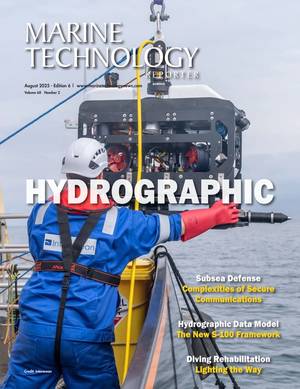Larval Seedbox Boosts Coral Restoration
Millions of coral larvae on the Great Barrier Reef have an increased chance of replenishing degraded reefs thanks to the ‘larval seedbox’ - a coral restoration technology developed by CSIRO, Australia’s national science agency, with Southern Cross University.
Results from the first trial of larval seedboxes have found coral settlement to be up to 56 times higher across thousands of square meters of reef.
The trial was conducted at Lizard Island in 2024 and shows strong promise for use of seedboxes in scaling up coral restoration.
Dr Christopher Doropoulos, Senior Research Scientist at CSIRO, said the larval seedbox is a simple, efficient and cost-effective tool to help increase coral larval survival, delay their dispersal, and find optimal habitat for settlement.
“The seedboxes work as a delivery system, allowing coral larvae more time to disperse and settle on the Great Barrier Reef, where they can establish themselves and grow into juvenile corals,” said Doropoulos.
“We culture coral larvae following coral spawning, an annual mass reproductive event where many different types of corals release bundles of eggs and sperm into the water to fertilize externally.
“This enables us to collect 10s of millions of coral larvae from mass cultures to fill the larval seedboxes.
“The larval seedboxes are deployed onto the reef, from which the larvae exit when ready and drift with the currents to cover areas of more than two hectares of reef. This approach delivers a high density of larvae over much larger areas than previously demonstrated, boosting coral restoration potential at scale.”
As the annual mass coral spawning event takes place across the Great Barrier Reef in November, a second trial is underway in the Whitsundays.
Professor Peter Harrison from Southern Cross University said this research will provide a valuable opportunity to test the effectiveness of the technique in a variety of reef conditions.
“We’re anticipating the release of up to 20 million larvae at multiple locations, and the team will continue to monitor the longer-term effectiveness of the larval seedbox delivery over nine to 12 months.”
This research is a collaboration between CSIRO and Southern Cross University, supported by the Great Barrier Reef Foundation, in partnership with the Australian Institute of Marine Science and local stakeholders.
The paper on the success of the first trial at Lizard Island will be published in Ecological Applications.

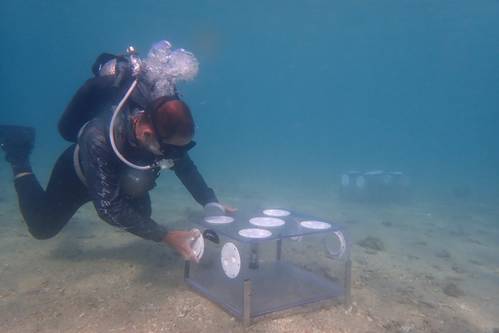
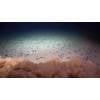

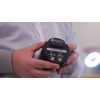

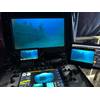










 August 2025
August 2025
